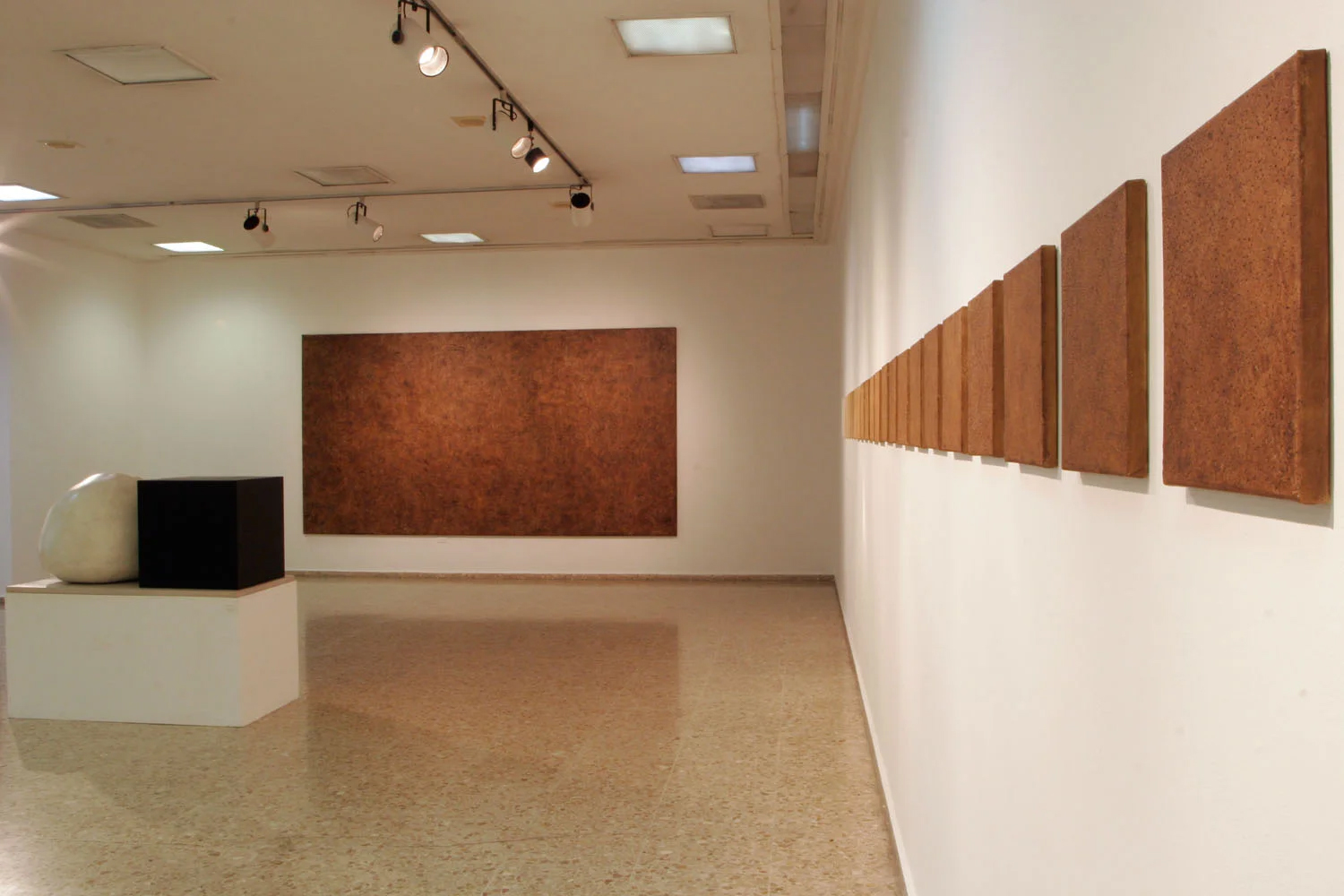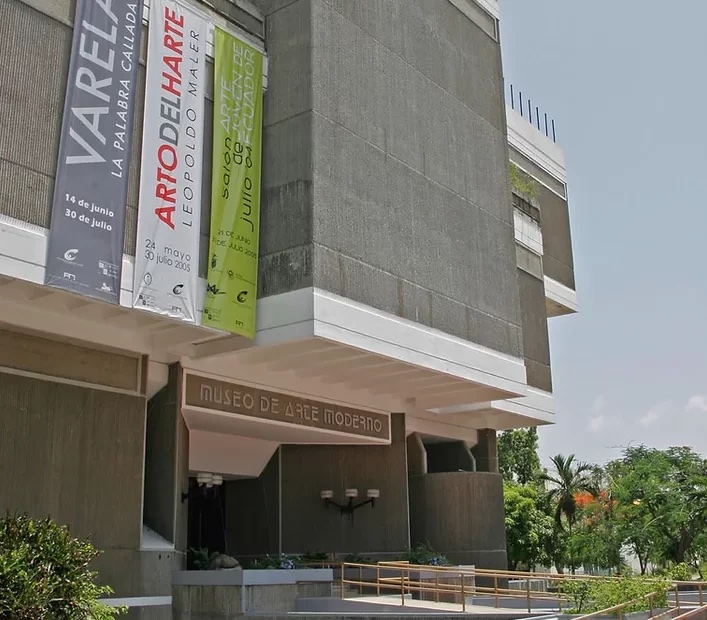Anyone who knows Fernando Varela's career will have been able to confront the reductionist process that has been taking place in his work for some time.
Communicative, chromatic and representative reduction. In this exhibition, the only reference to reality are the letters of a language apparently devoid of meanings.
The complexity of his premises is proportionally opposed to the simplicity of the work's formal aspect. In this, his current work approaches the language of minimalism. He eschews traditional aesthetic taste, distancing himself from it, thereby initiating a process of self-absorption in the search for "reality" beyond appearances. In this case, the result is works in which intellectual content is more important than the message perceived by the viewer's senses, in a true approximation to the guidelines of conceptual art.
The process of introspection and self-absorption on the part of the artist requires bold observations, willing to find in the exquisite details of his work and in its simplicity, the transcendental nature of his aesthetic proposals.
The words, rather the letters, and silence flood the work, in a total disinterest in preconceived forms. They are perfectionist works, made with the controlled passion that requires physical strength in the hammering of the letters on the canvas and subtlety. of the same action on paper. Equal skill in controlling the intensities of chromatic gradations, very concise by the way, whose sobriety also brings him closer to minimalism.
Traditional supports (canvas, paper, wood) with economy of forms evidence their presence before the gaze of the viewer who, in the attempt to capture their semantic meanings, initiates a silent dialogue with the work; despite the silence of his words.
The Museum of Modern Art is honored to host Fernando Varela's exhibition, as he is one of the leading exponents of Dominican visual art.
Thanks to the León Group for its significant contribution to the realization of this exhibition, reaffirming its traditional position in the patronage of national art.

